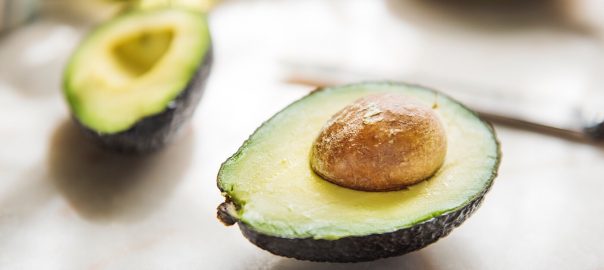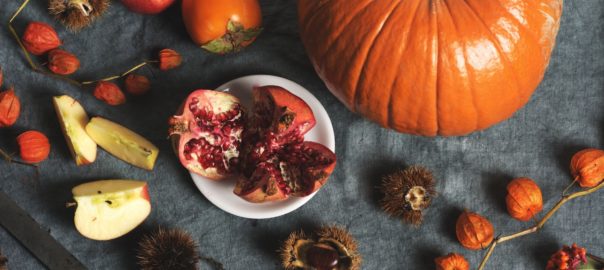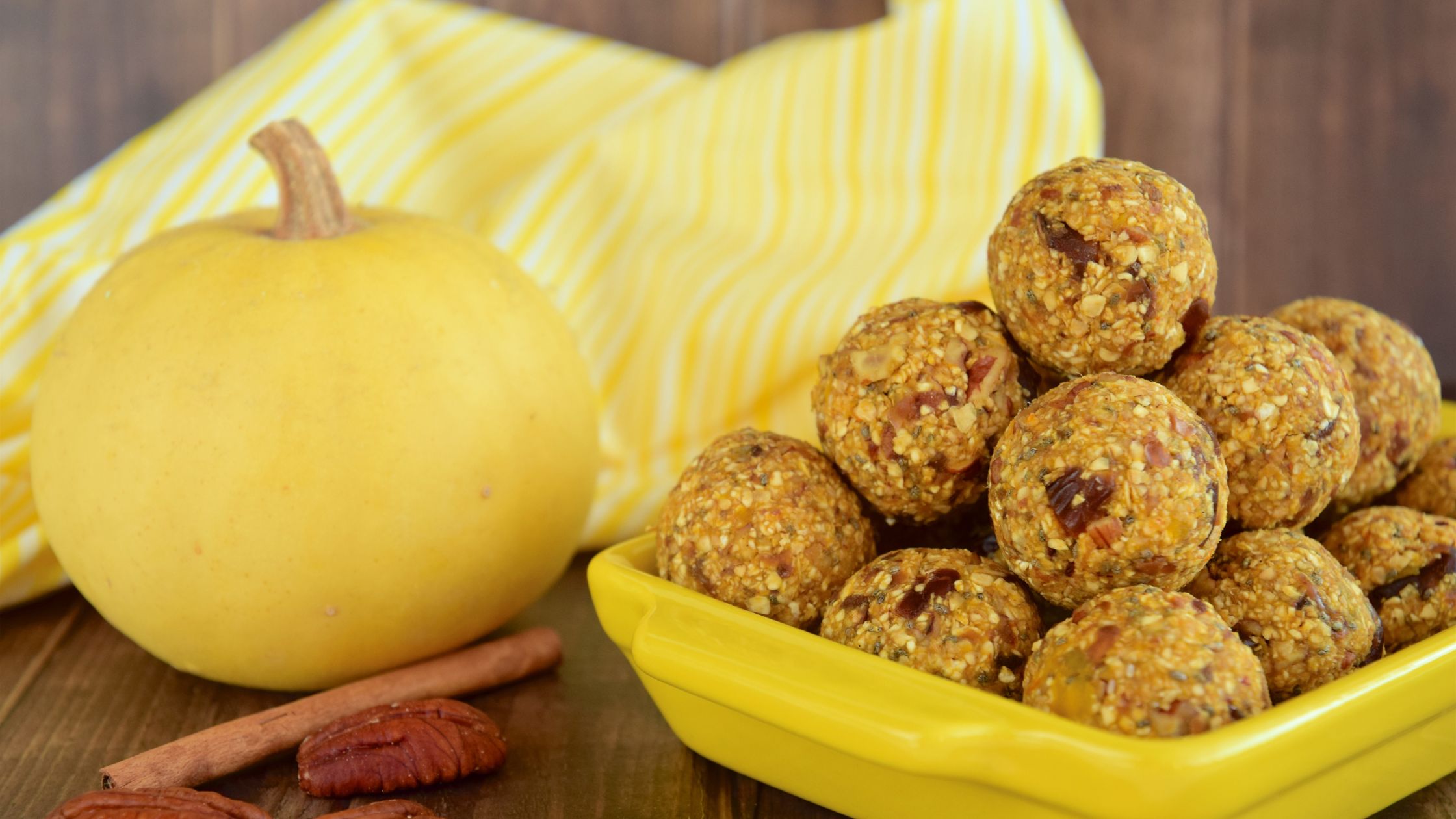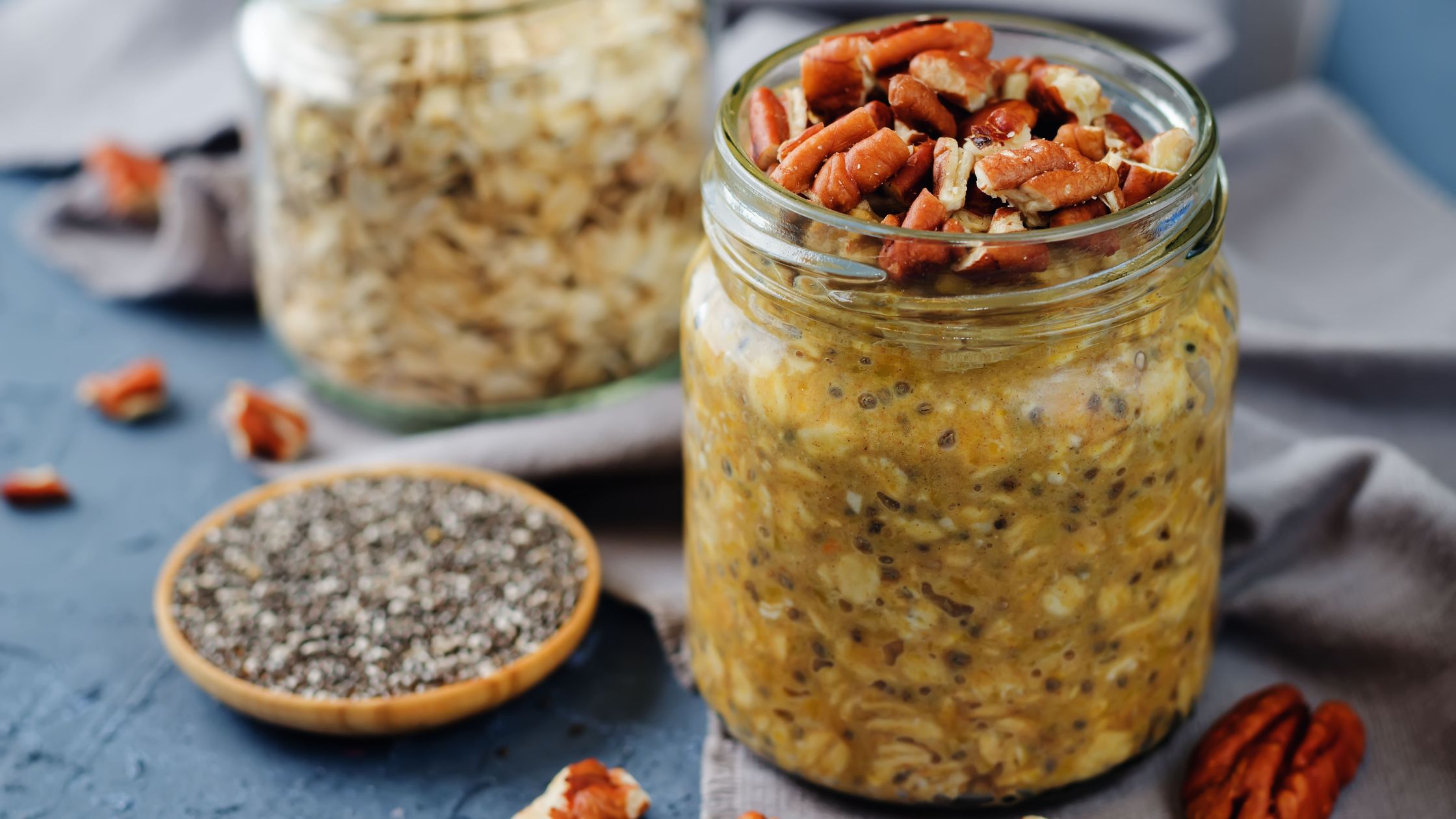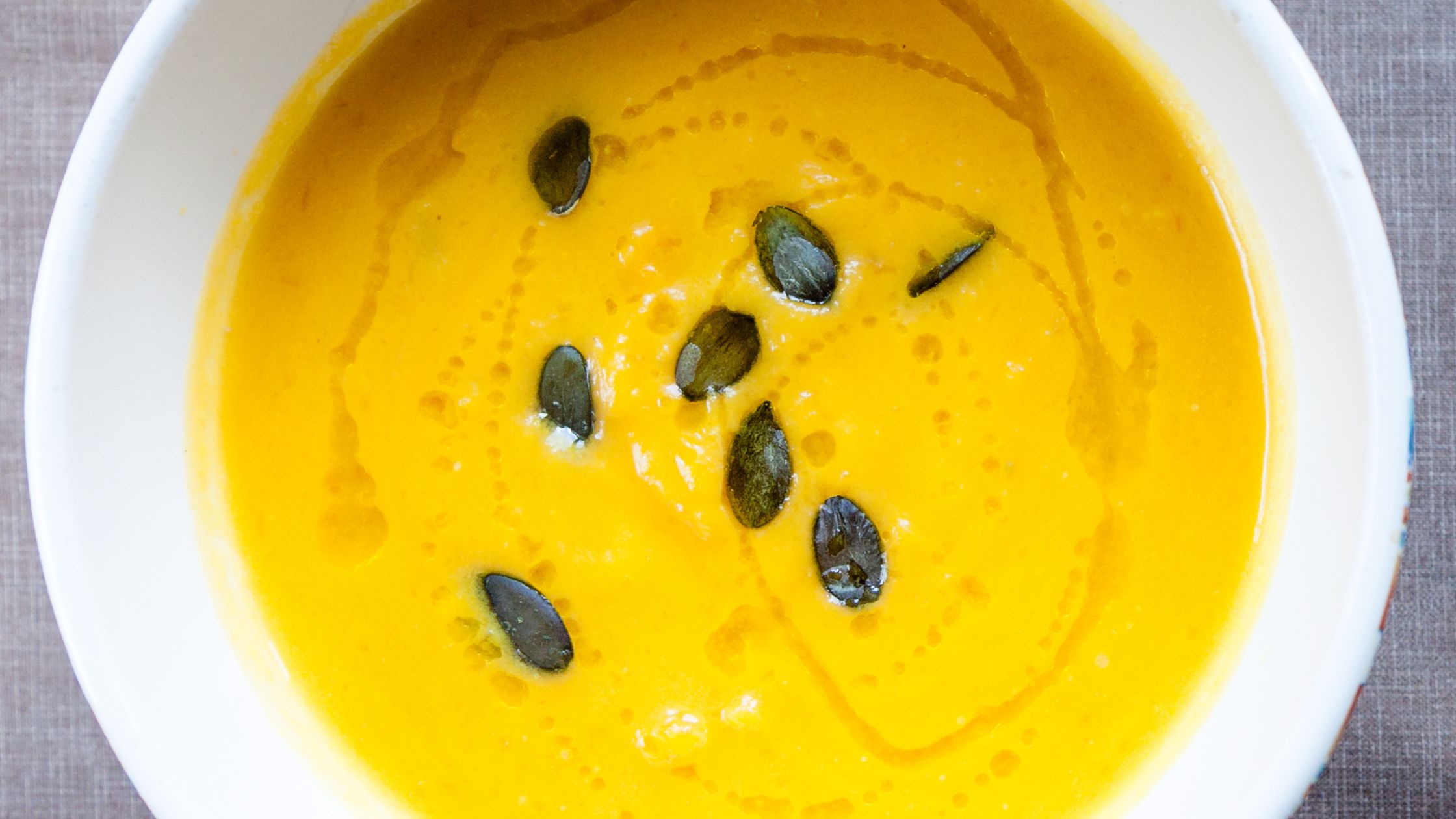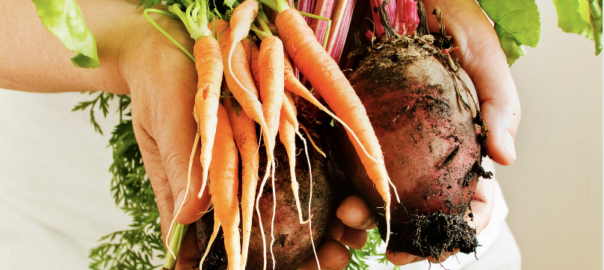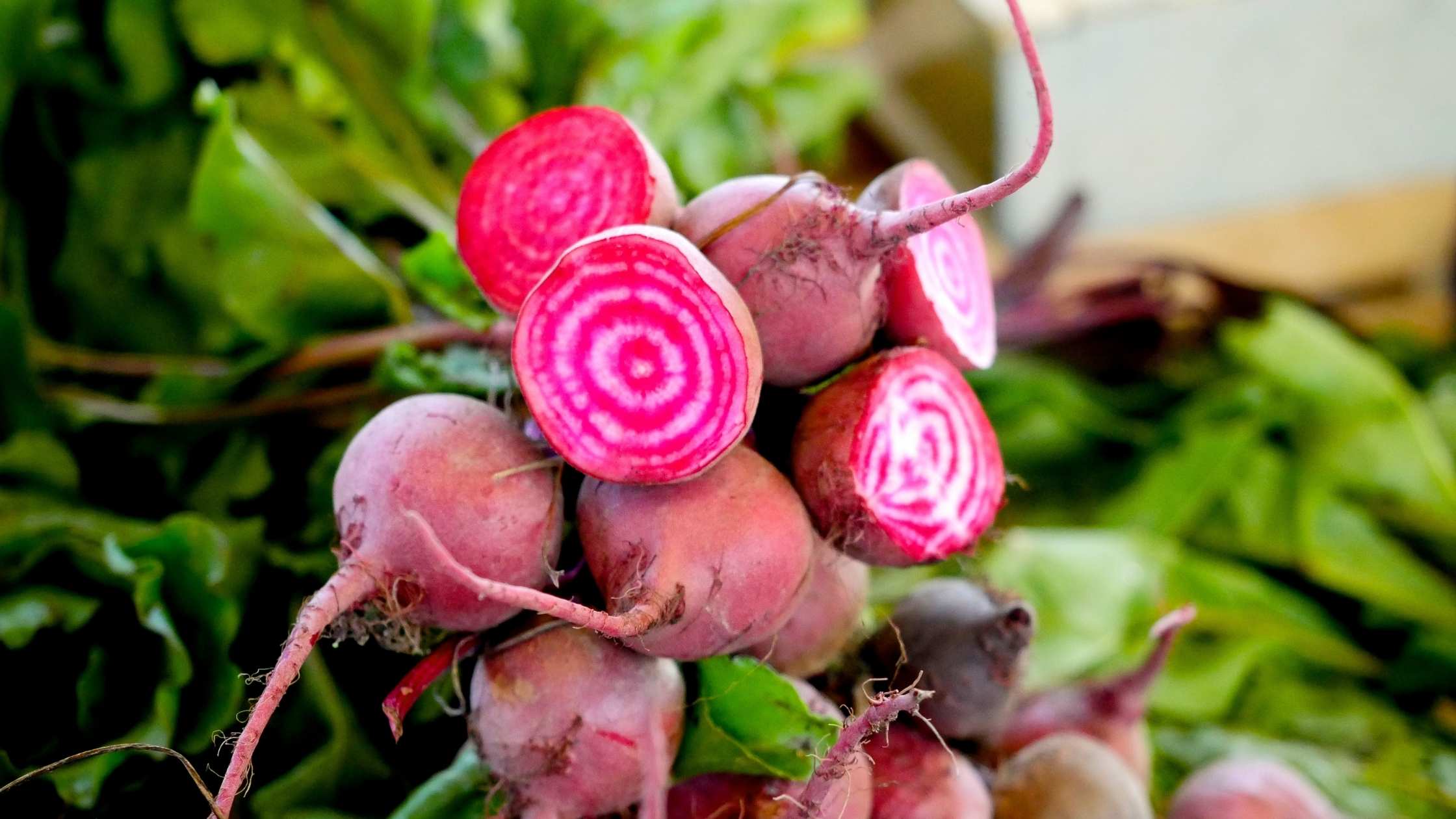Health benefits, climate change, and nutrition of this little known grain
Millet is a not-well- known small-seeded grass that qualifies as a grain and which that has been an important part of human diets for thousands of years. Although not as popular globally as other grains such as rice or wheat, millet offers a number of healthy benefits and is an important food crop in Asia and Africa. The term millet is a bit of a misnomer as there are a number of millets. They are classified as either large or small millets. The large millets include the finger, foxtail, pearl proso, or ragi varieties while the smaller millets are adlay, or Job’s tears, barnyard, browntop, fonio, Guinea, little, and Kodo.
Due to their nutritional and health benefits, their ability to grow well in arid land, their climate change resilience, and the cultural significance of millets, 2023 was announced as the International Year of the Millets by the Food and Agriculture Organization of the United Nations.
Understanding the health benefits of millet
- High in nutrients - Millet is an excellent source of essential amino acids as well as B vitamins, magnesium, and phosphorus. Due to the amino acid content it also provides protein with 1 cup of cooked millet yielding 6 grams of protein. It also has calcium, with finger millet providing the highest levels of calcium for any grains.
- Fiber - As a cereal grain millet also provides fiber, both soluble and insoluble. Fiber is important for digestive support, bowel health, microbiome support, and high fiber foods can bind with cholesterol to help transport it out of the body.
- Highly antioxidant - In studies of finger millet eighteen different flavonoids, including catechin and epicatechin, plus seventeen phenolic compounds were shown to be part of the millet. This makes it a good choice for dietary antioxidant support.
- Health supporting - Due to the fiber and nutrient density millet has been studied for any support it might offer for overall health and wellness. Studies indicate that it can be helpful for slowing down digestion as well as the impact of glucose on blood sugar levels. Millet also appears to help balance blood pressure levels and may be supportive for lower lipid levels as well.
- The potential for weight management - studies show that millet is not only helpful for regulating blood sugar blance, consumption also appears to delay gastric emptying and it has a high satiety factor. This means you feel full and satisfied for longer and potentially don’t eat as much.
Things to watch out for when eating millet
As with any food, there can be some challenges when it comes to eating millet. Obviously if there are any concerns about allergies or sensitivity it should be avoided. A few other things to keep in mind about the health impct of millet are:
- Soaking required - millet contains phytates and tannins both of which can interfere with the absorption of some of the nutrients in the millet. In order to help reduce the phytates and tannins soaking is recommended. The soaking will also help to make the millet cook faster. For hulled millet (with the hull still attached) soaking for 12 hours is recommended. For pearl, or unhulled, millet a 2 hour soak time should be sufficient.
- Goitrogens - millet is high in goitrogens, a substance that may impact thyroid function and can inhibit iodine absorption. Soaking and rinsing can help reduce the goitrogenic level. This is especially important for those with thyroid health conditions.
Overall millet can be a good nutrient dense option to add to your diet. If you’re not familiar with millet, here are a few recipes to help you get started using this nutritious, gluten free grain. Please note all recipes assume that you are already soaked and dried the millet in advance before adding it to the recipes.

Millet Vegetable Stew
Ingredients
- 1/2 cup soaked and dried millet
- 1 tablespoon olive oil
- 1 medium onion, finely chopped
- 2 garlic cloves, minced
- 2 carrots, peeled and diced
- 2 celery stalks, diced
- 1 red bell pepper, diced
- 1 zucchini, diced
- 1 cup diced tomatoes (canned or fresh)
- 4 cups bone broth - can use vegetable broth if desired
- 1 teaspoon paprika
- 1/2 teaspoon cumin
- 1/2 teaspoon turmeric
- 1/4 teaspoon cayenne pepper (optional)
- Salt and pepper to taste
- 1 bay leaf
- Fresh parsley or cilantro, chopped, for garnish
Instructions
- In a dry saucepan over medium heat, toast the millet for about 2-3 minutes until it becomes lightly golden and emits a nutty aroma. Remove the millet from the pan and set it aside.
- Add olive oil to the pan and set to medium heat.
- Add the chopped onion and sauté for 2-3 minutes until it becomes translucent and fragrant.
- Add in the minced garlic and cook for another 30 seconds until fragrant.
- Add the diced carrots, celery, red bell pepper, and zucchini to the saucepan and cook for 5 minutes, stirring occasionally, until the vegetables begin to soften.
- Add the broth, diced tomatoes, bay leaf, paprika, cumin, turmeric, cayenne pepper (if using), salt, and pepper and bring to a boil before reducing heat to low, cover the saucepan with a lid, and let the stew simmer for 20-25 minutes until the vegetables are tender
- Add the toasted millet to the stew and stir well to combine, continue to simmer for an additional 10 minutes or until the millet is fully cooked and has absorbed some of the broth.
- Ladle stew into bowls and garnish with parsley or cilantro
- Note: This stew also does well when substituting other vegetables such as peas, sweet potatoes, or kale.
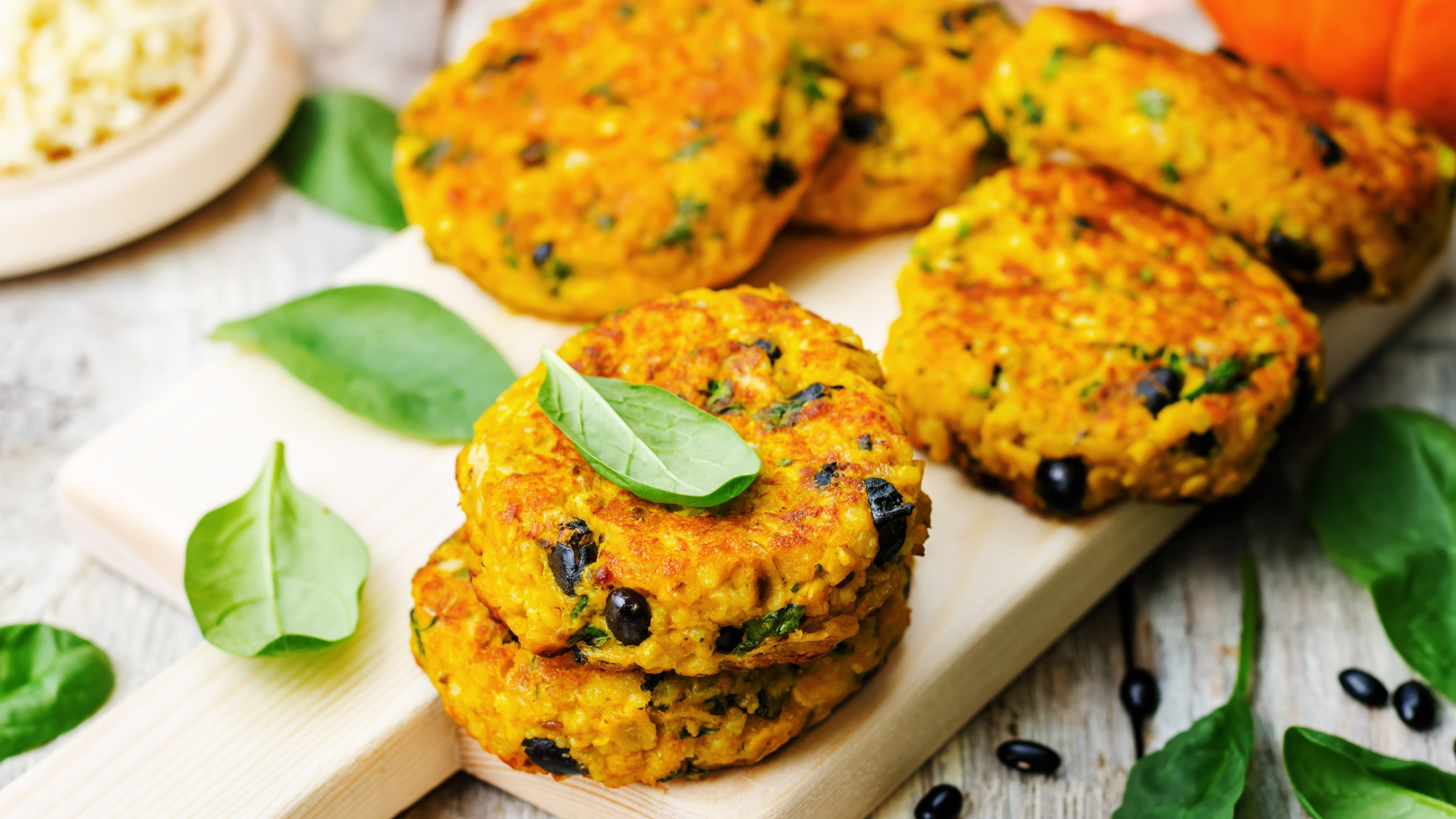
Millet-Black Bean Burger
Ingredients
- 1/2 cup soaked millet
- 1 cup vegetable broth (or water)
- 1 tablespoon ground flaxseed
- 3 tablespoons water
- 1/2 cup grated zucchini
- 1/2 cup grated carrot
- 1/4 cup finely chopped onion
- 2 garlic cloves, minced
- 1/4 cup cooked black beans
- 2 tablespoons chopped fresh parsley
- 1 teaspoon ground cumin
- 1/2 teaspoon paprika
- 1/4 teaspoon chili powder
- Salt and pepper to taste
- 2 tablespoons olive oil
Instructions
- Add the vegetable broth (or water) to medium saucepan and bring to a boil.
- Add the soaked millet, reduce the heat to low, cover the saucepan with a lid, and simmer for about 15-20 minutes or until the millet is tender and has absorbed most of the liquid. Once cooked, remove the millet from the heat and let it cool slightly.
- In a small bowl, mix ground flaxseed with 3 tablespoons of water. Let it sit for a few minutes until it forms a gel-like consistency, creating a flaxseed "egg."
- In a separate, large, mixing bowl add the grated zucchini, grated carrot, chopped onion, and minced garlic and stir well to combine. Then add the cooked black beans and mash them using a fork or potato masher. Leave some texture for added bite in the burger.
- Next add the cooked millet, flaxseed, and spices, mixing everything together until well combined, the mixture should be slightly sticky and moldable.
- Divide the mixture into two equal portions and shape into a patty, pressing firmly so all ingredients stick together, then place patties on a parchment paper lined plate, cover, and refrigerate at least 30 minutes.
- Add olive oil to a medium skillet, when the oil is hot gently add the chilled patties to the skillet. Cook 4-5 minutes on each side until golden brown and slightly crispy.
- Serve the burgers on your favorite gluten-free buns or lettuce wraps with your choice of toppings such as fresh lettuce, sliced tomatoes, sliced onion, or avocado.

Lemon Millet Muffins
Ingredients
- 1/2 cup coconut oil
- 1 cup sucanat
- 1/2 cup evaporated cane juice crystals
- 1 lemon
- 2 eggs
- 1/2 cup almond milk, approximately
- 1 cup gluten free flour mix (I used a combination of oat, rice, buckwheat, tapioca)
- 1/4 cup fresh ground flax seeds
- 1/4 cup (heaping) millet seeds
- 1 teaspoon baking soda
- 1/2 teaspoon sea salt
Instructions
- Preheat oven to 350 F
- Grease three mini-muffin pans (or one regular muffin pan)
- Zest the lemon
- Juice the lemon and put juice into a measuring cup
- Add almond milk until there is 2/3 cup liquid
- Beat together coconut oil and sugars until fully combined
- Add eggs, one at a time until well mixed
- Add lemon zest, baking soda, and the salt
- Alternate adding flour and curdled milk, making sure they are well mixed
- Spoon by tablespoonfuls into muffin cups
- Bake 15 minutes
- Let cool 2 minutes in the pan
- Finish cooling on a wire rack
In conclusion
Although 2023 was designated as the 2023 International Year of the Millets by the Food and Agricultural Organization of the United Nations, millet tends to be a somewhat unknown grain outside of those areas where it has a strong cultural heritage. Packed with nutrition and offering a number of health benefits, it can be an excellent choice as a nourishing gluten free grain.
As with any food, moderation and mindful consumption are key to reaping the best rewards from this ancient and nutritious grain.

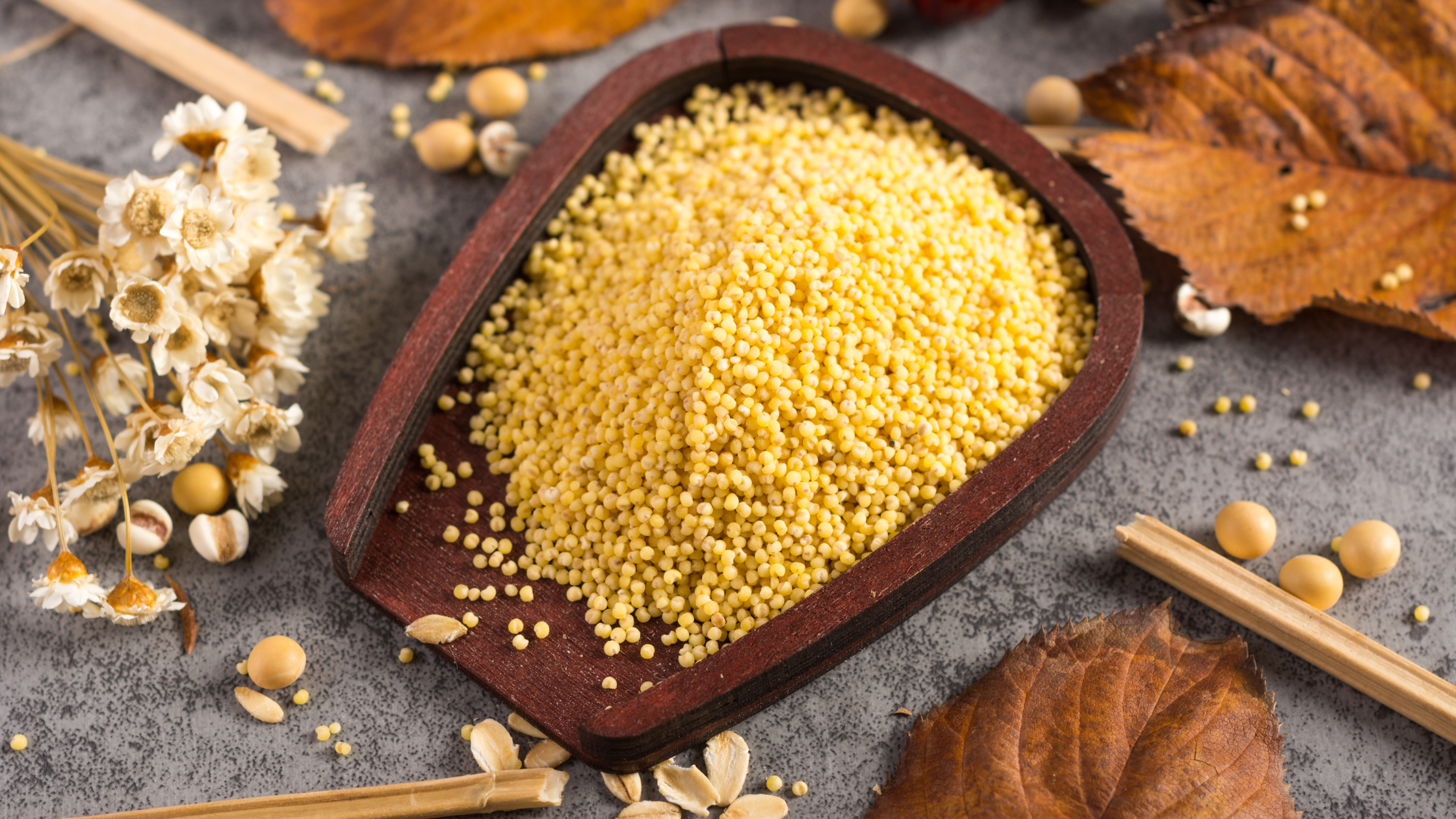
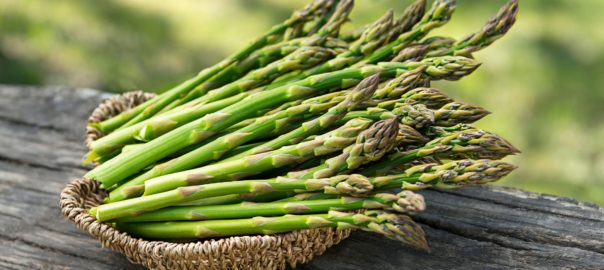
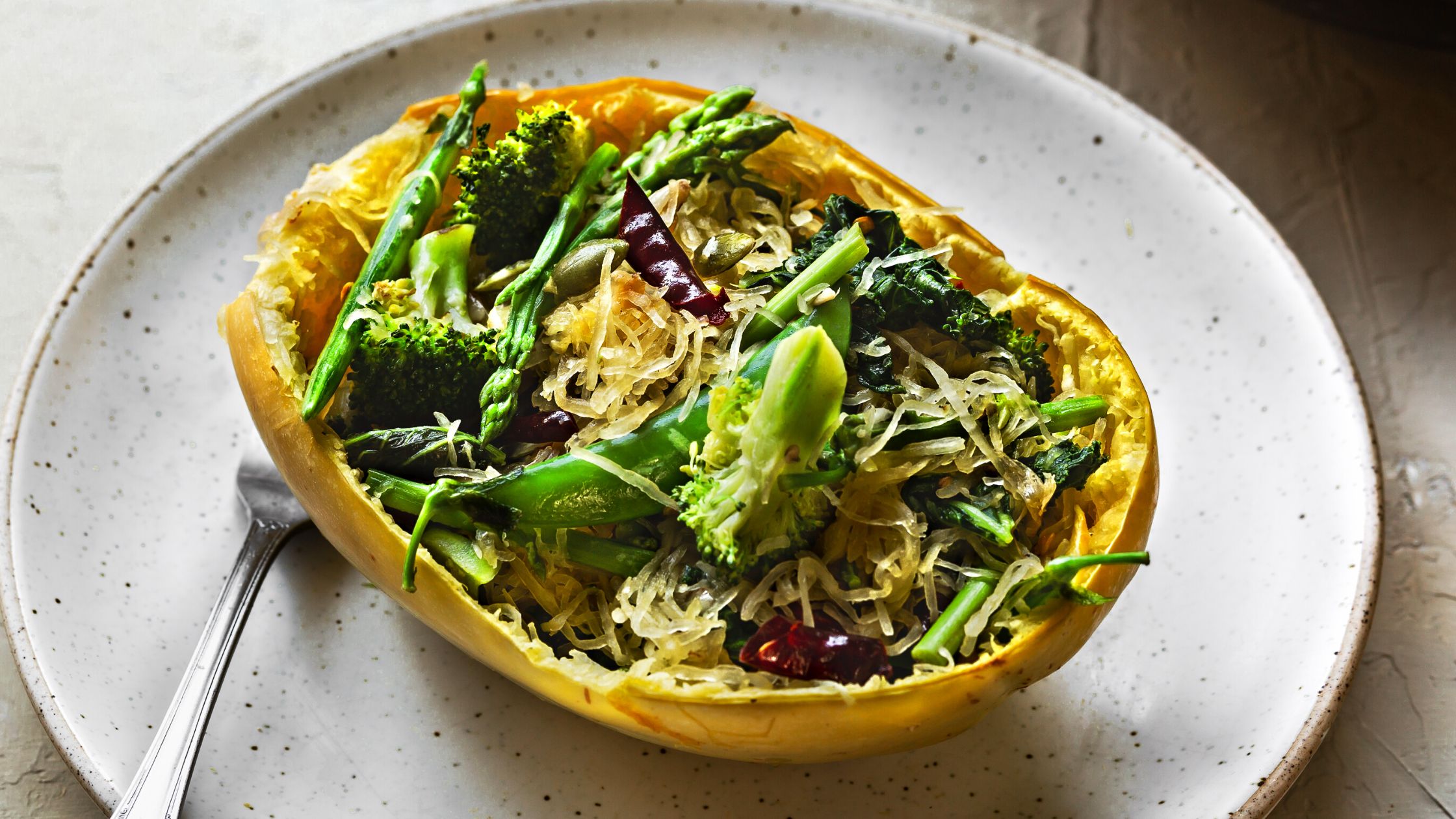
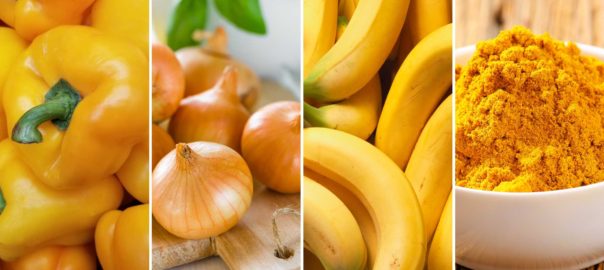


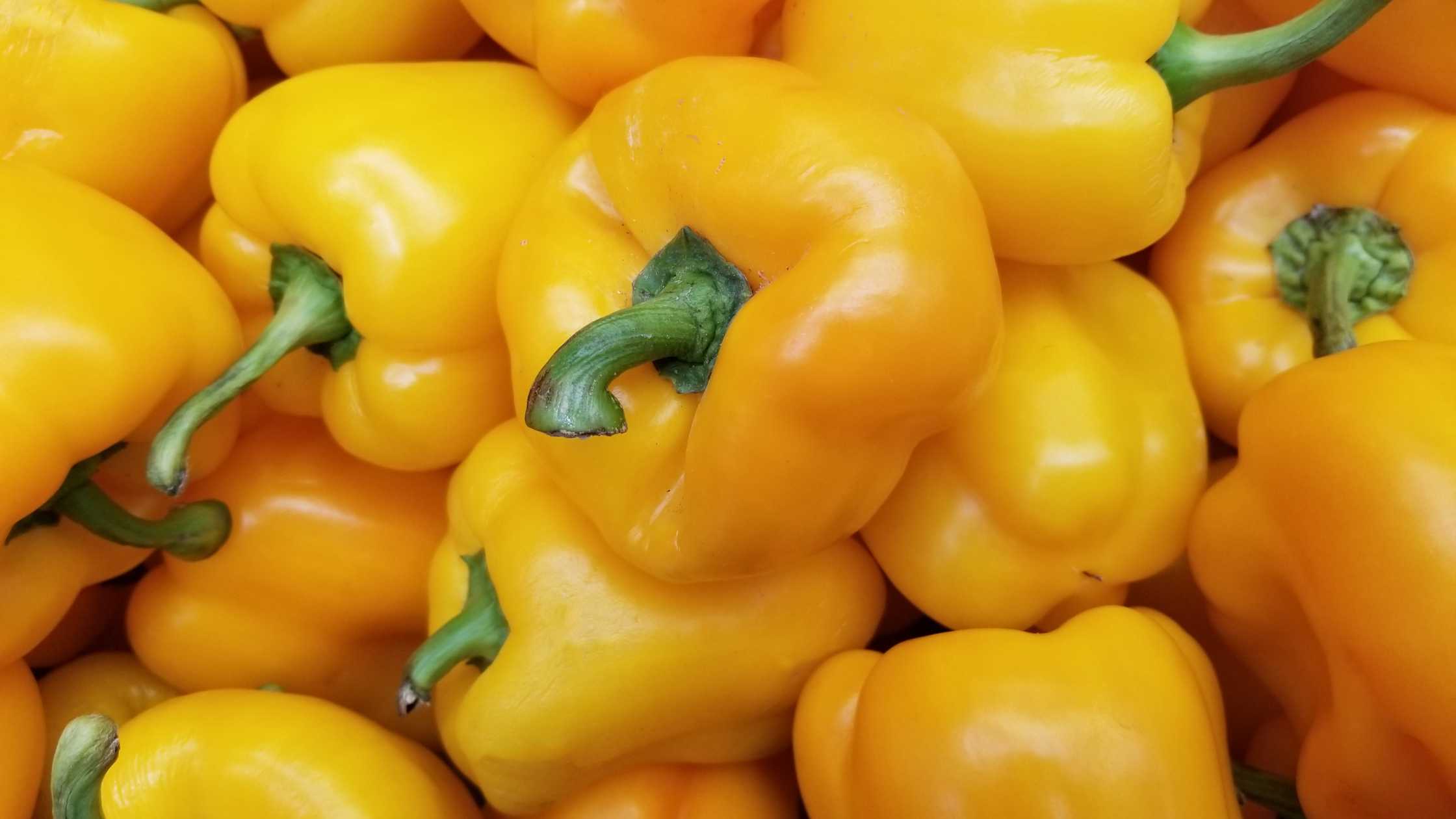







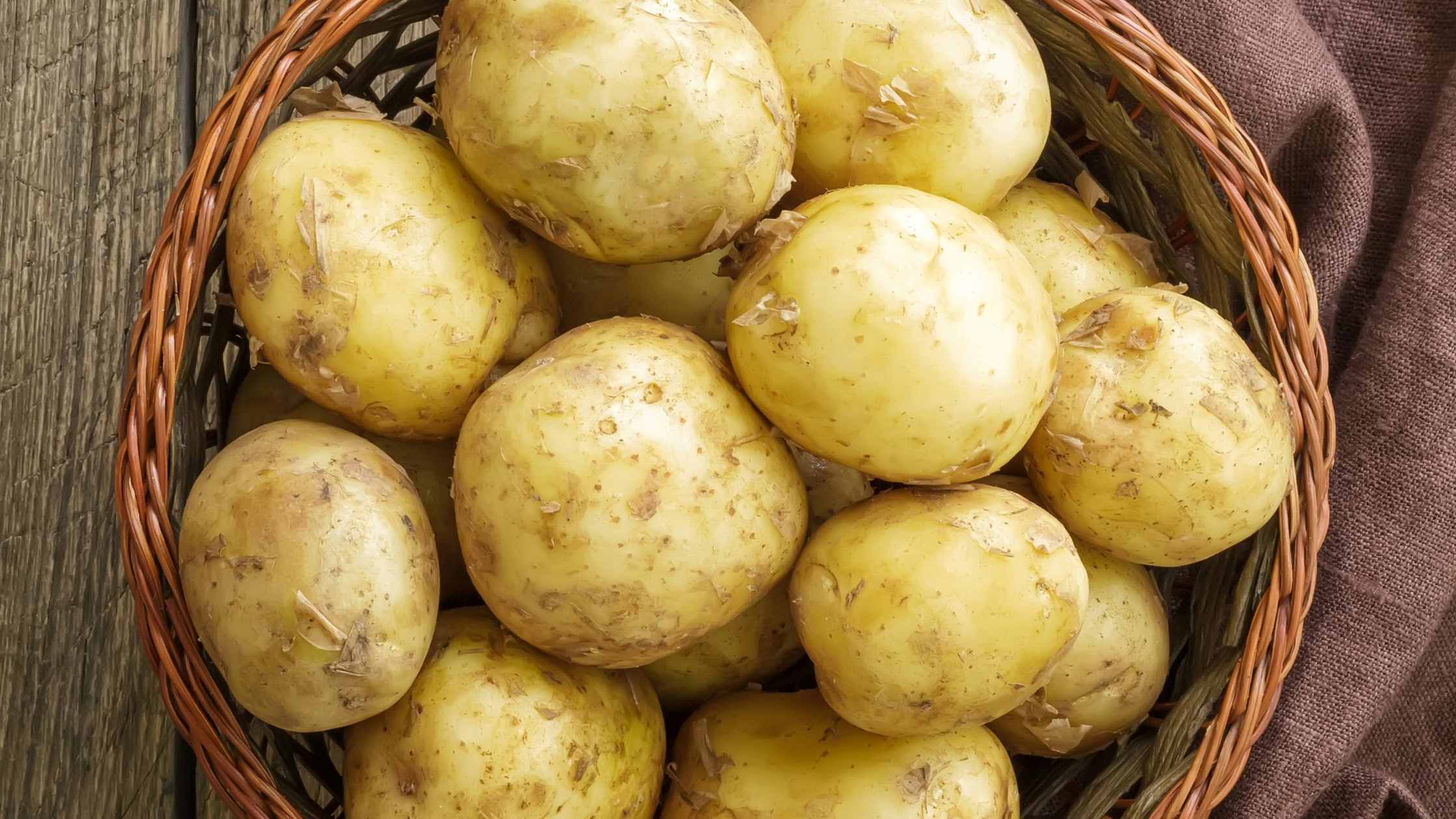


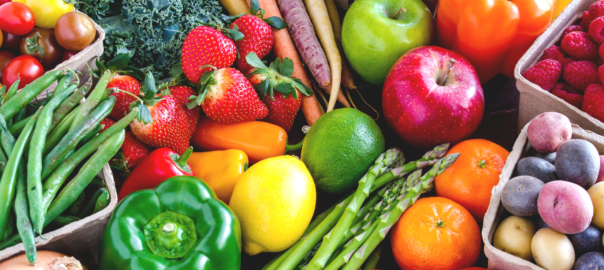


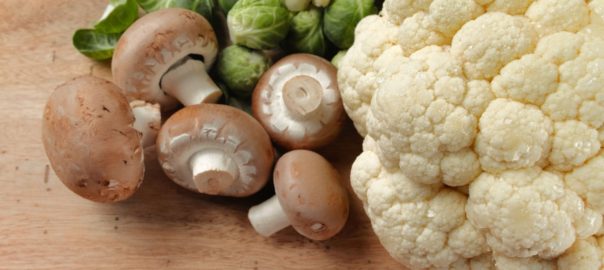
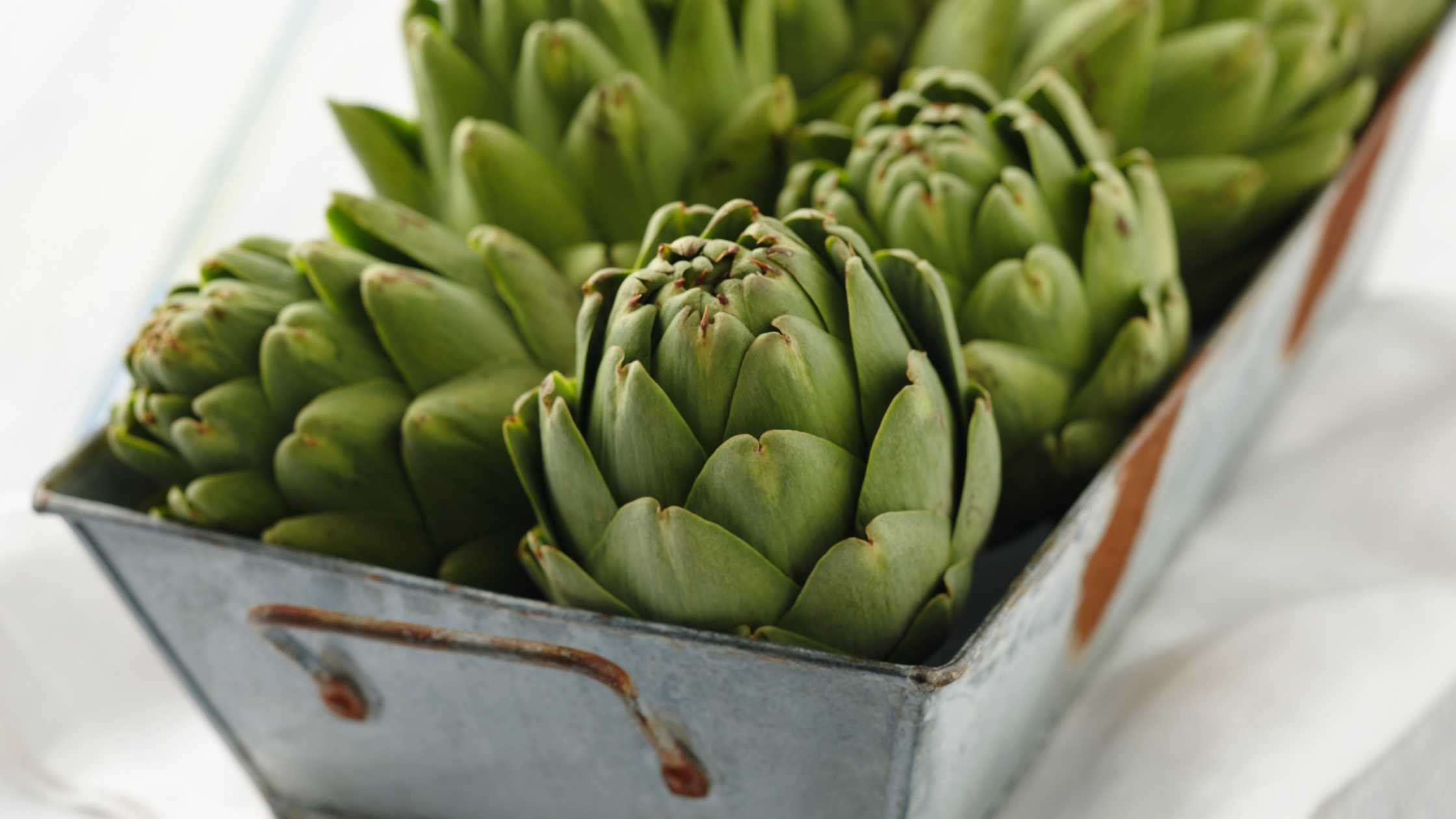

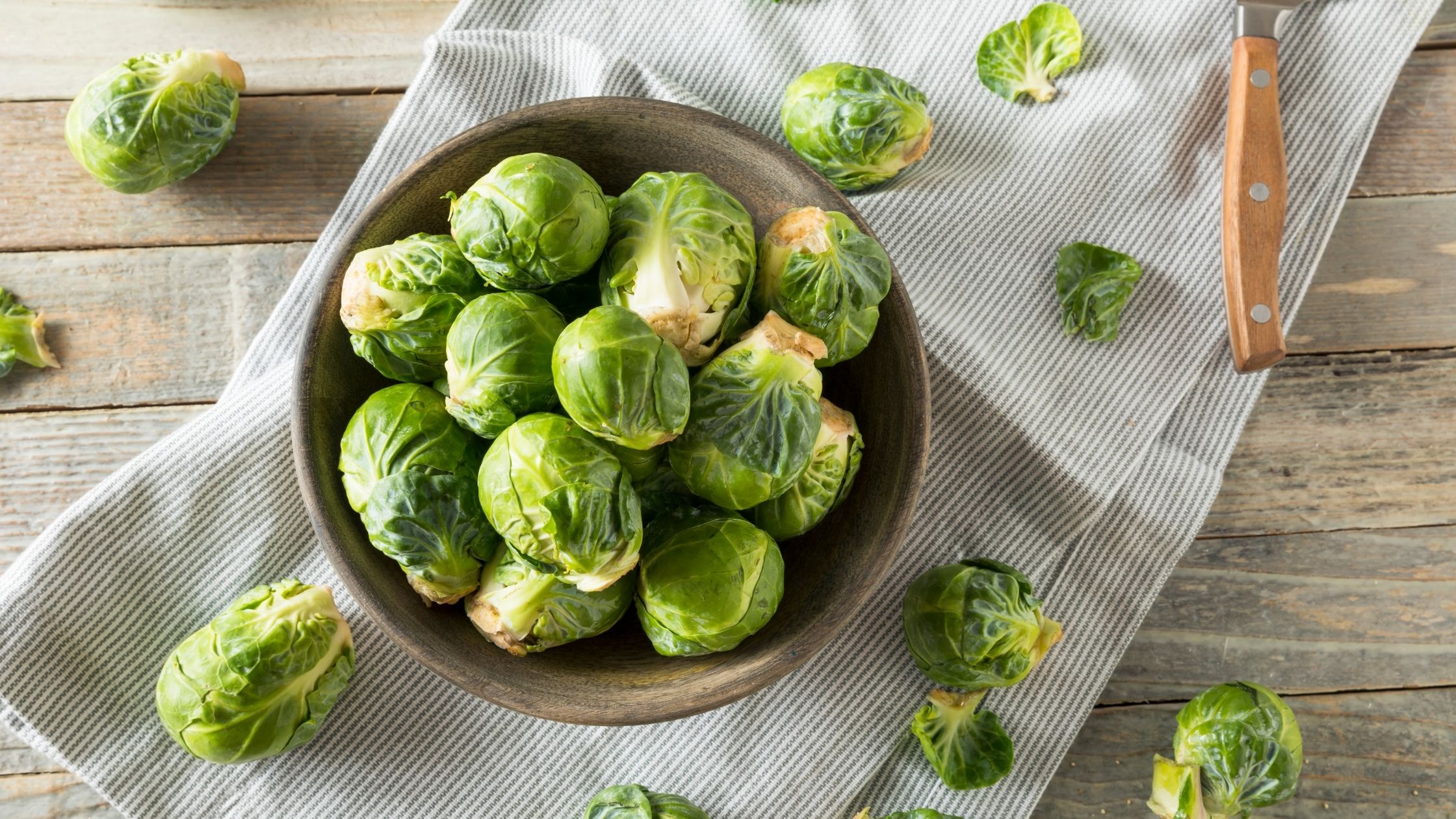
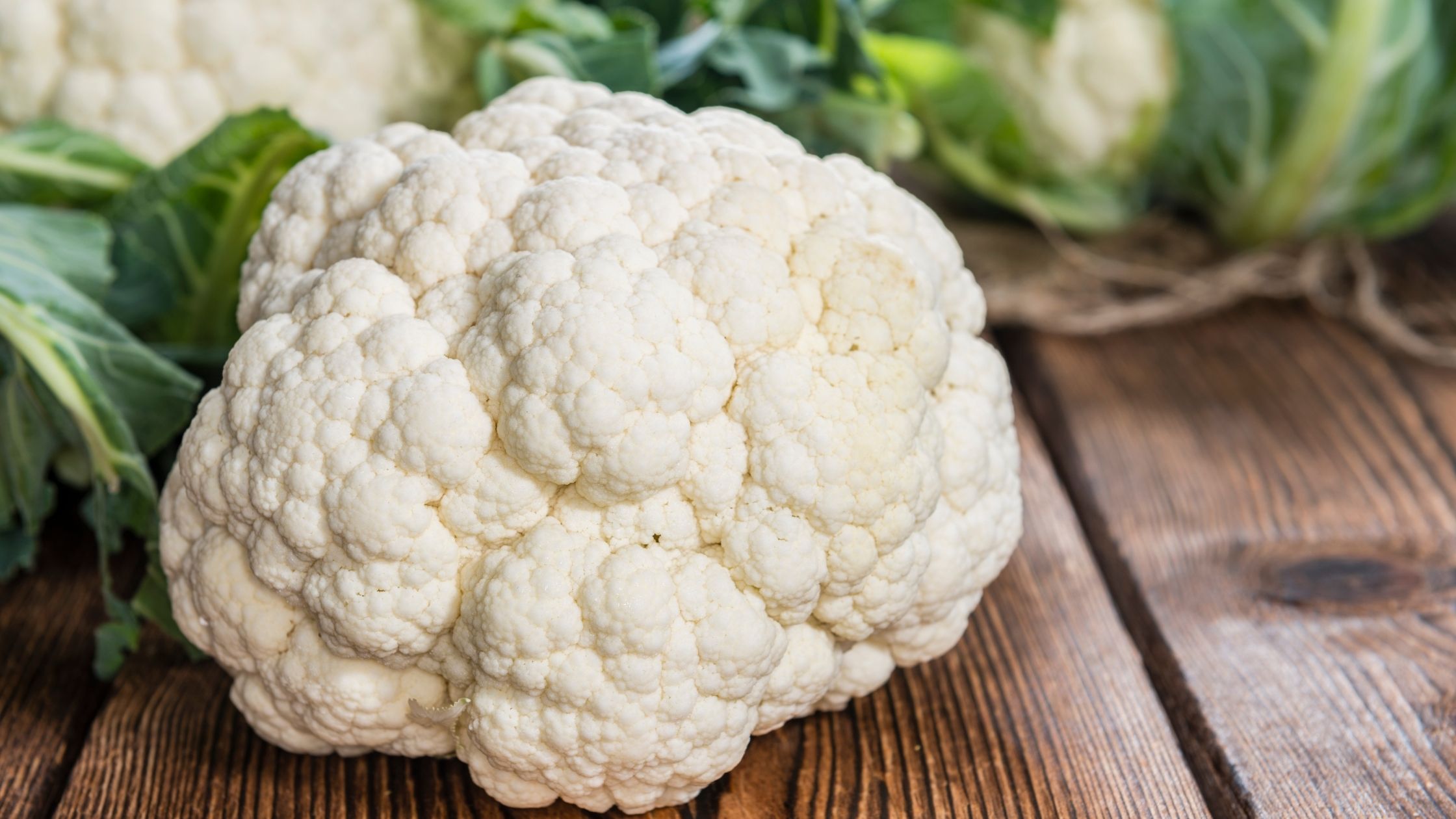


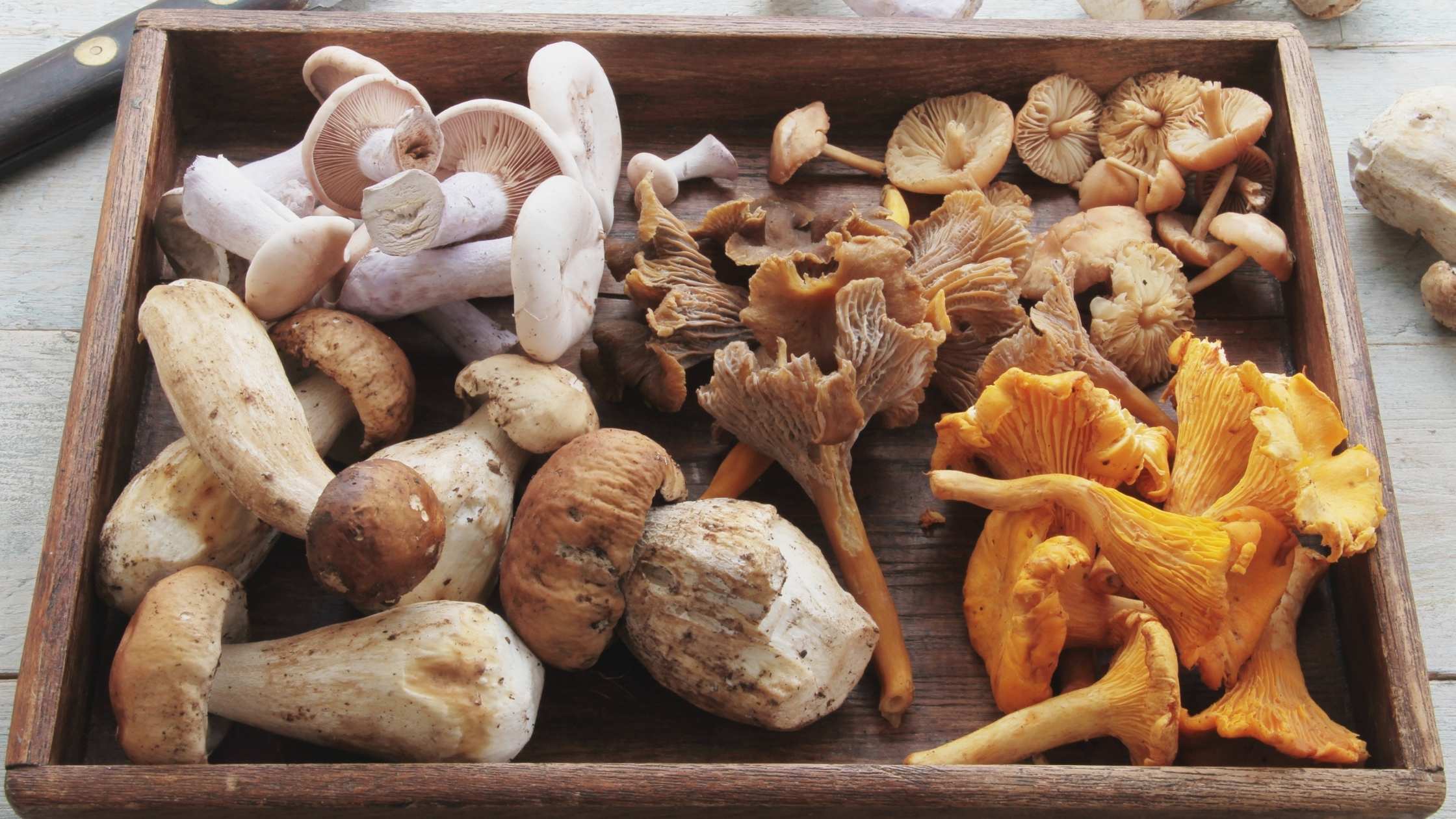
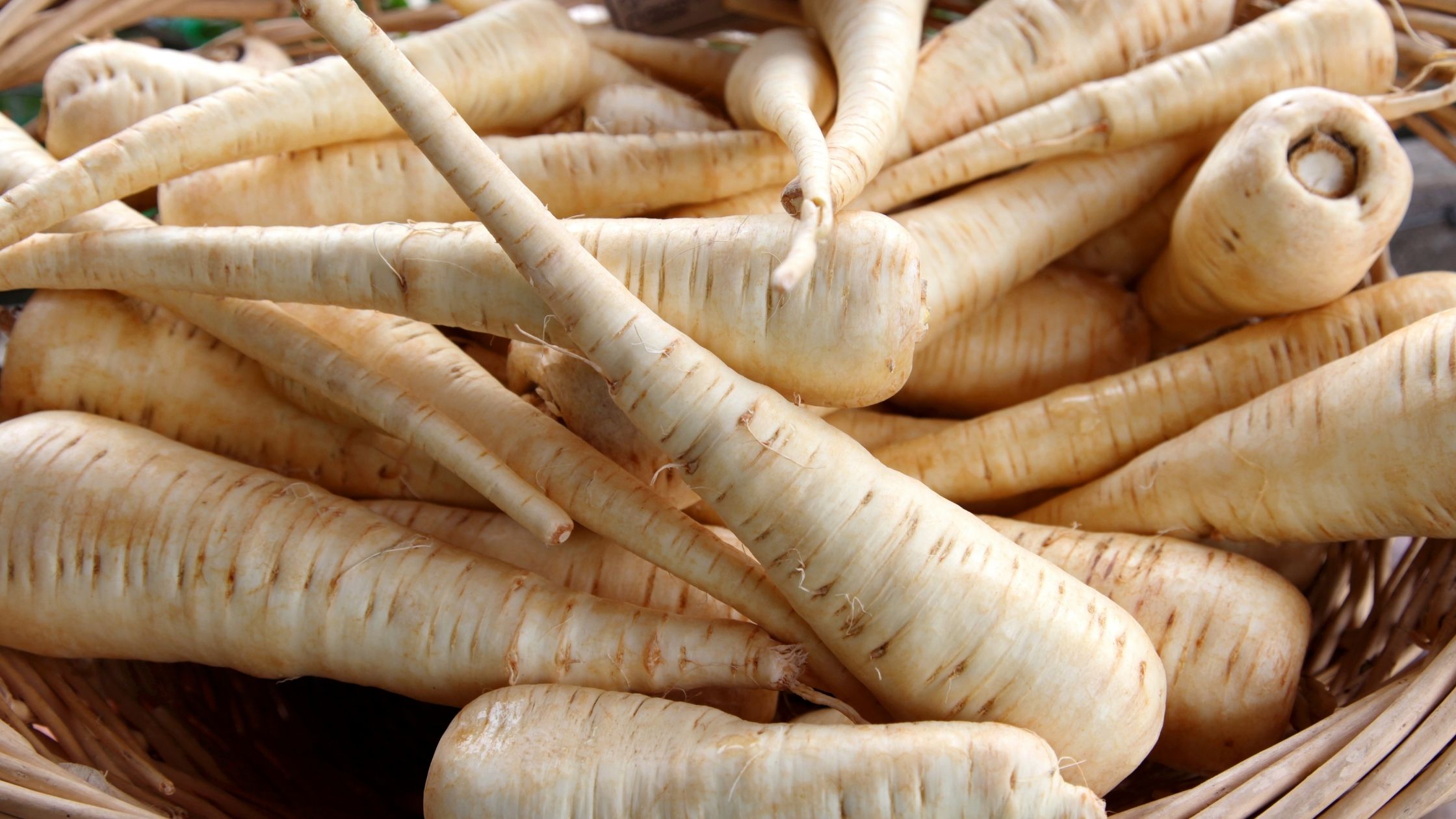


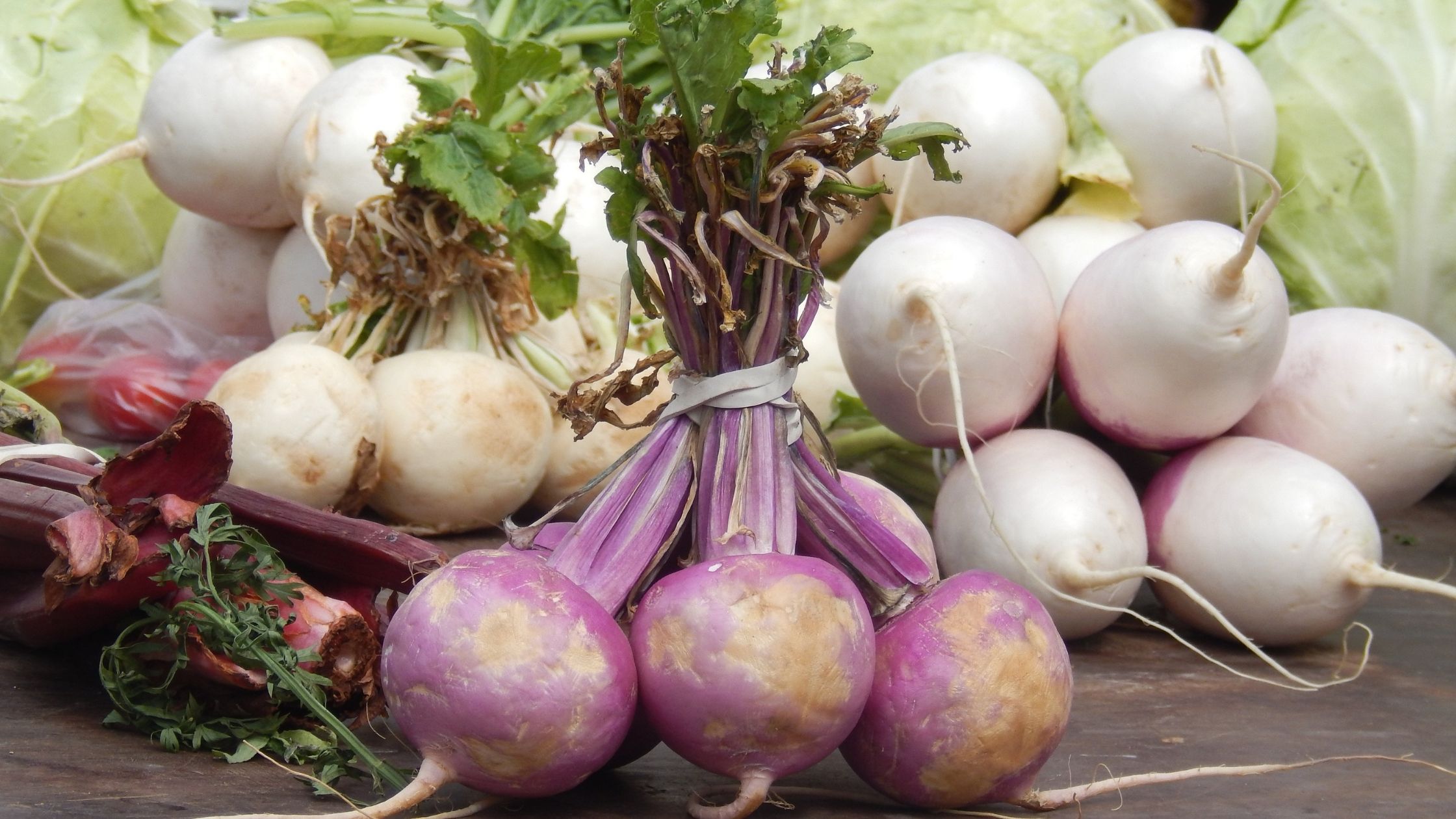

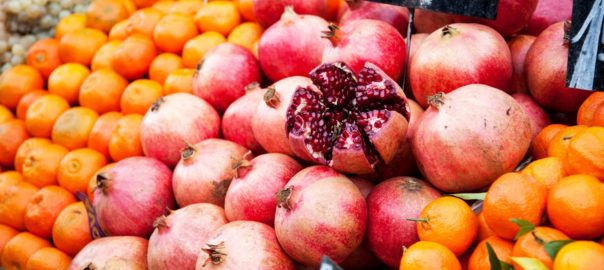



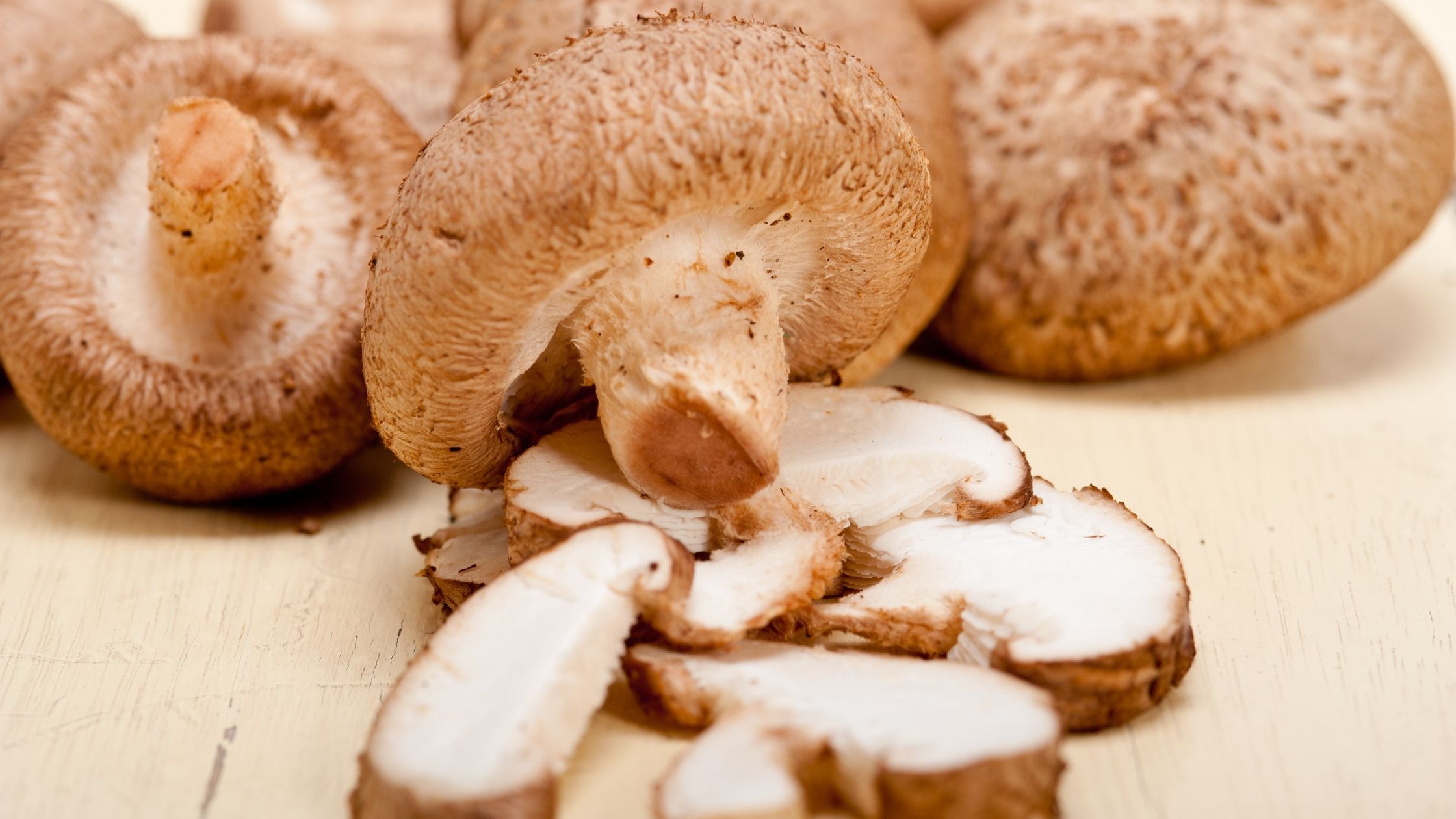
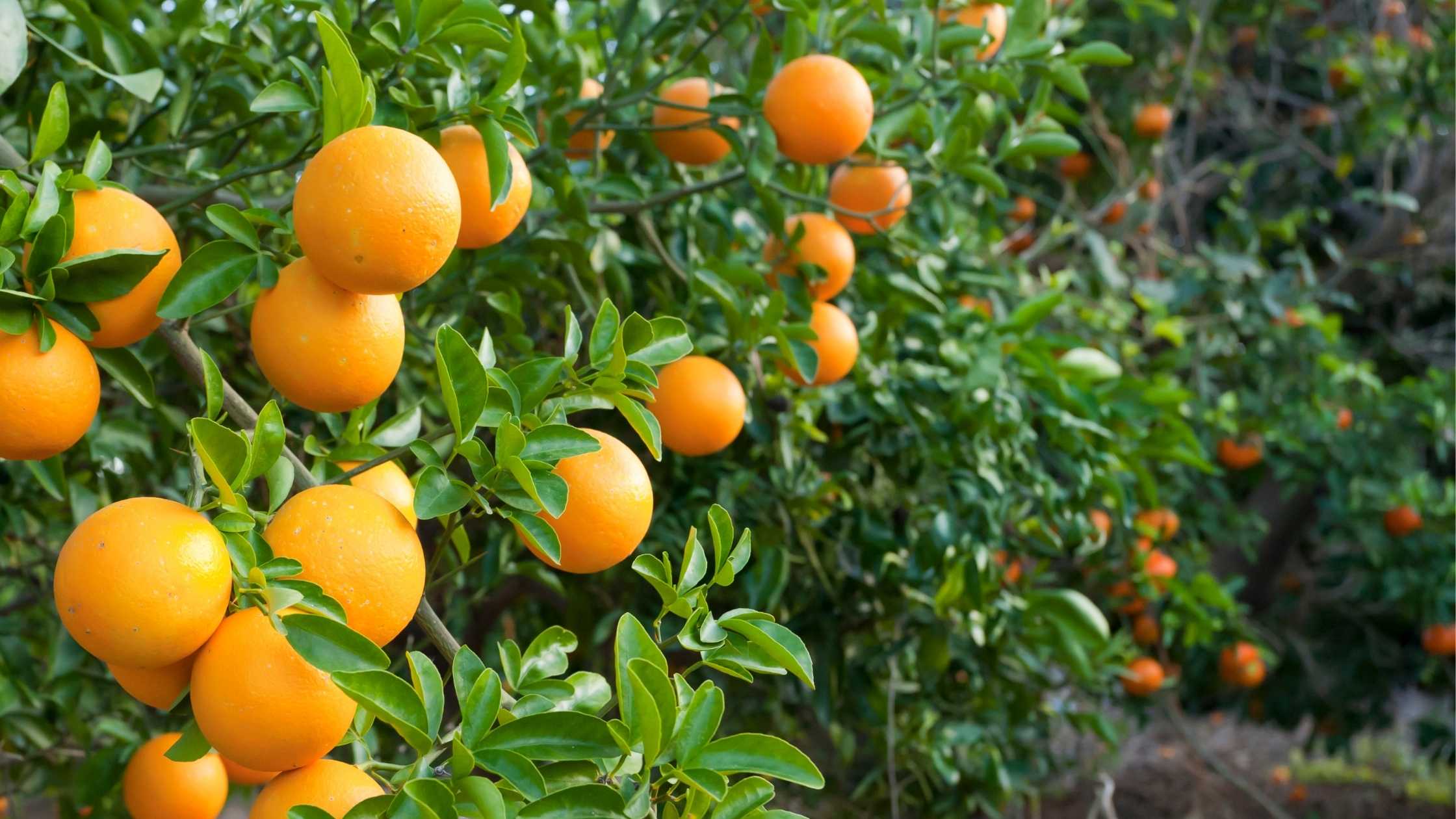

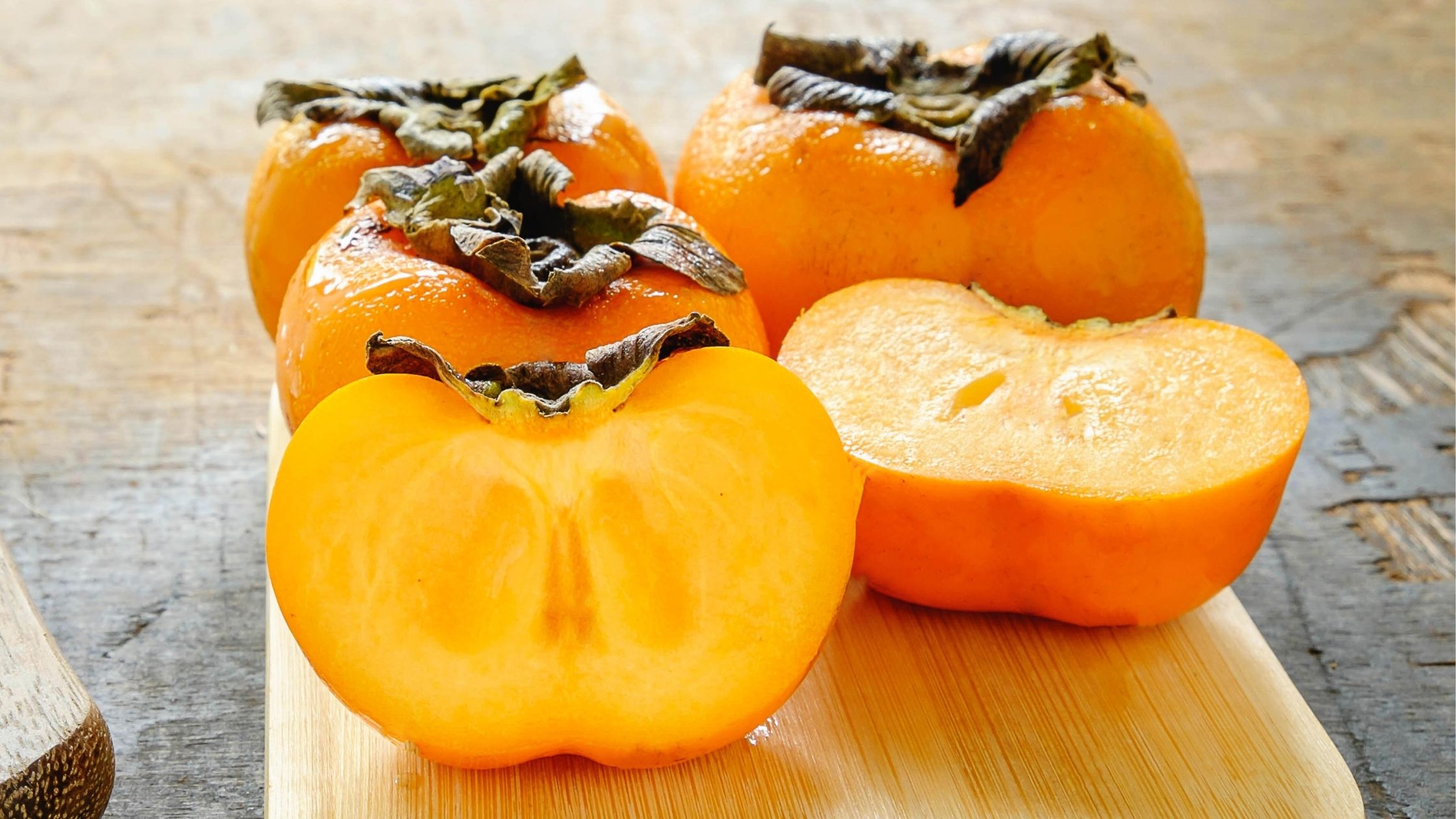
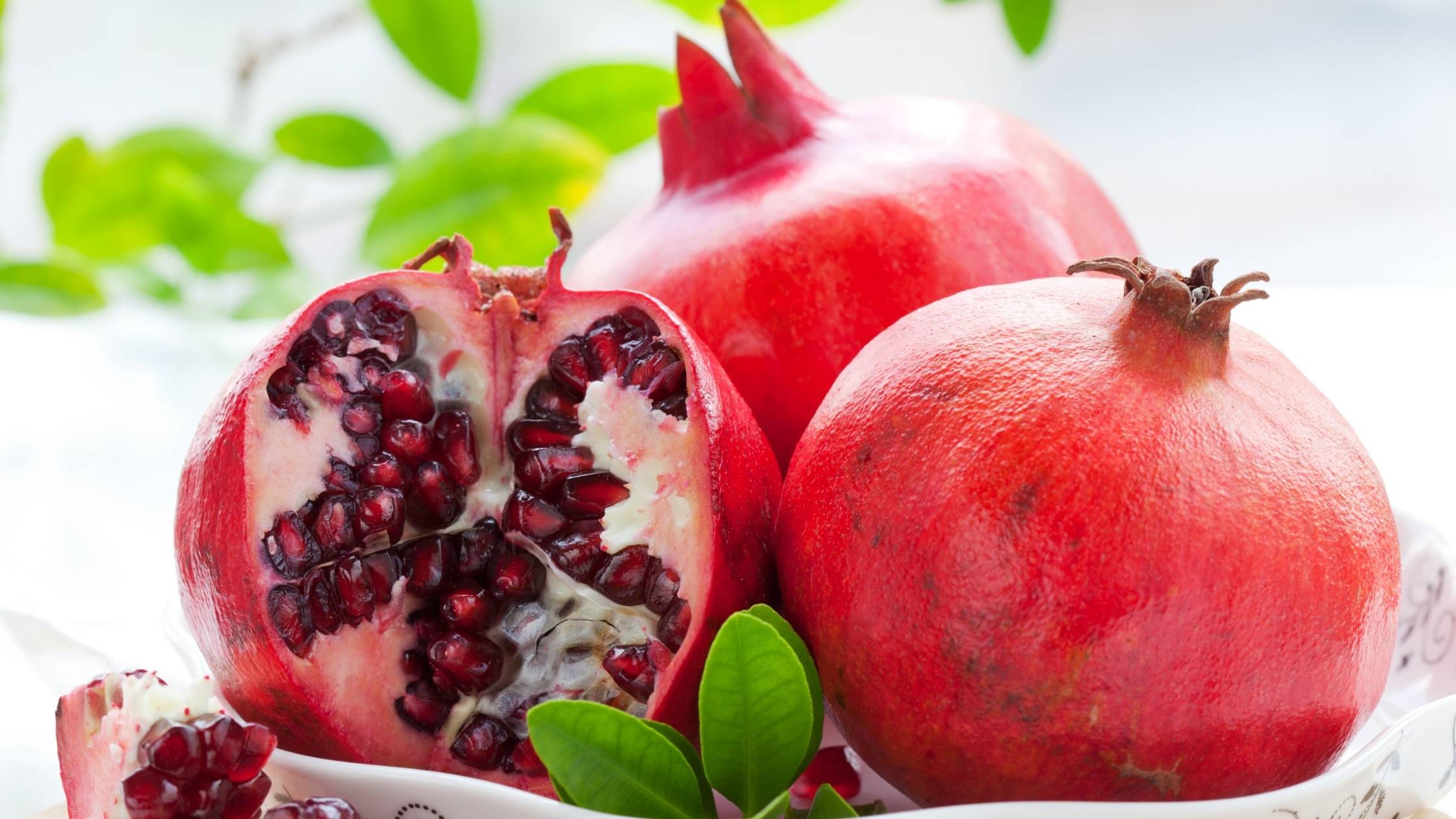
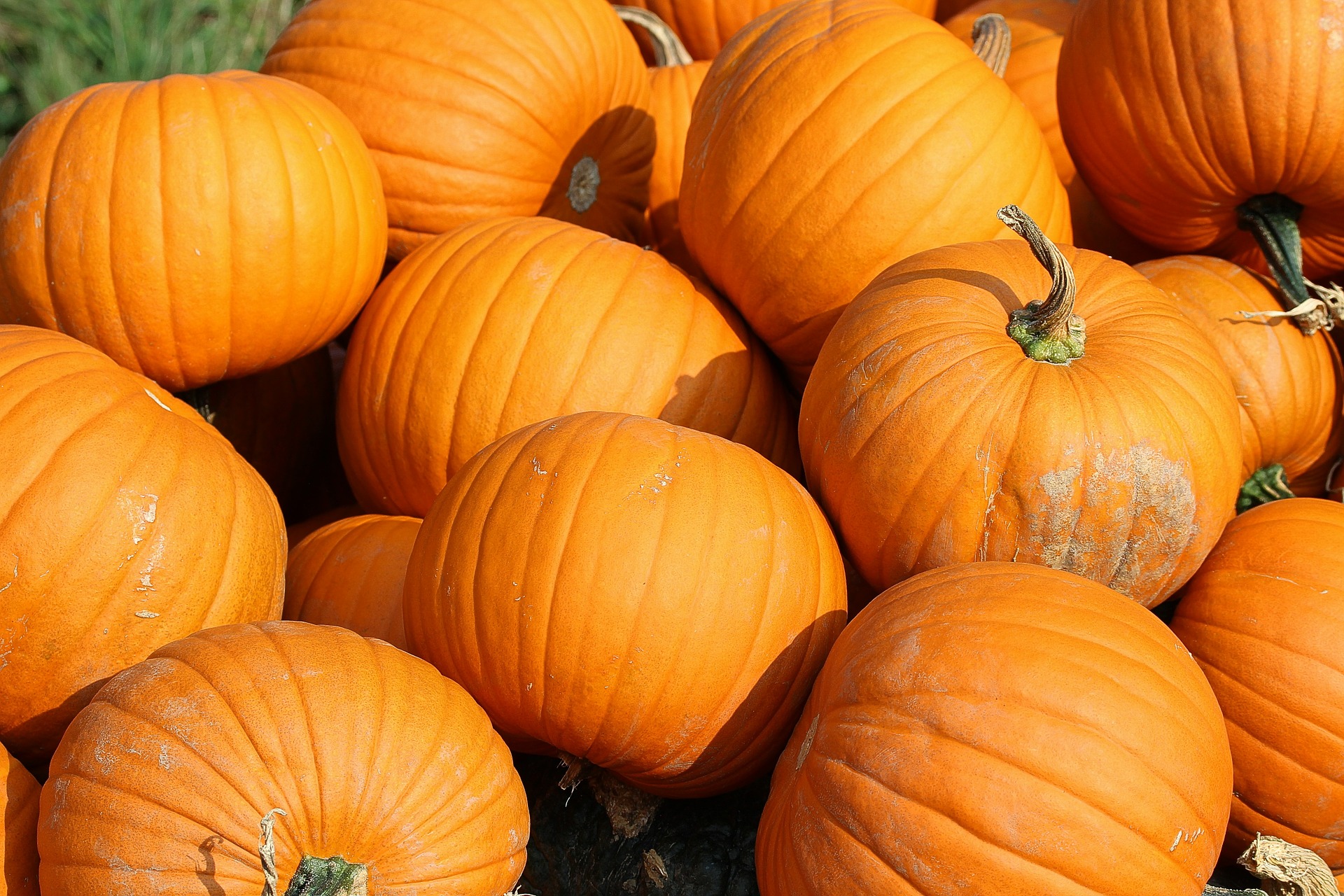

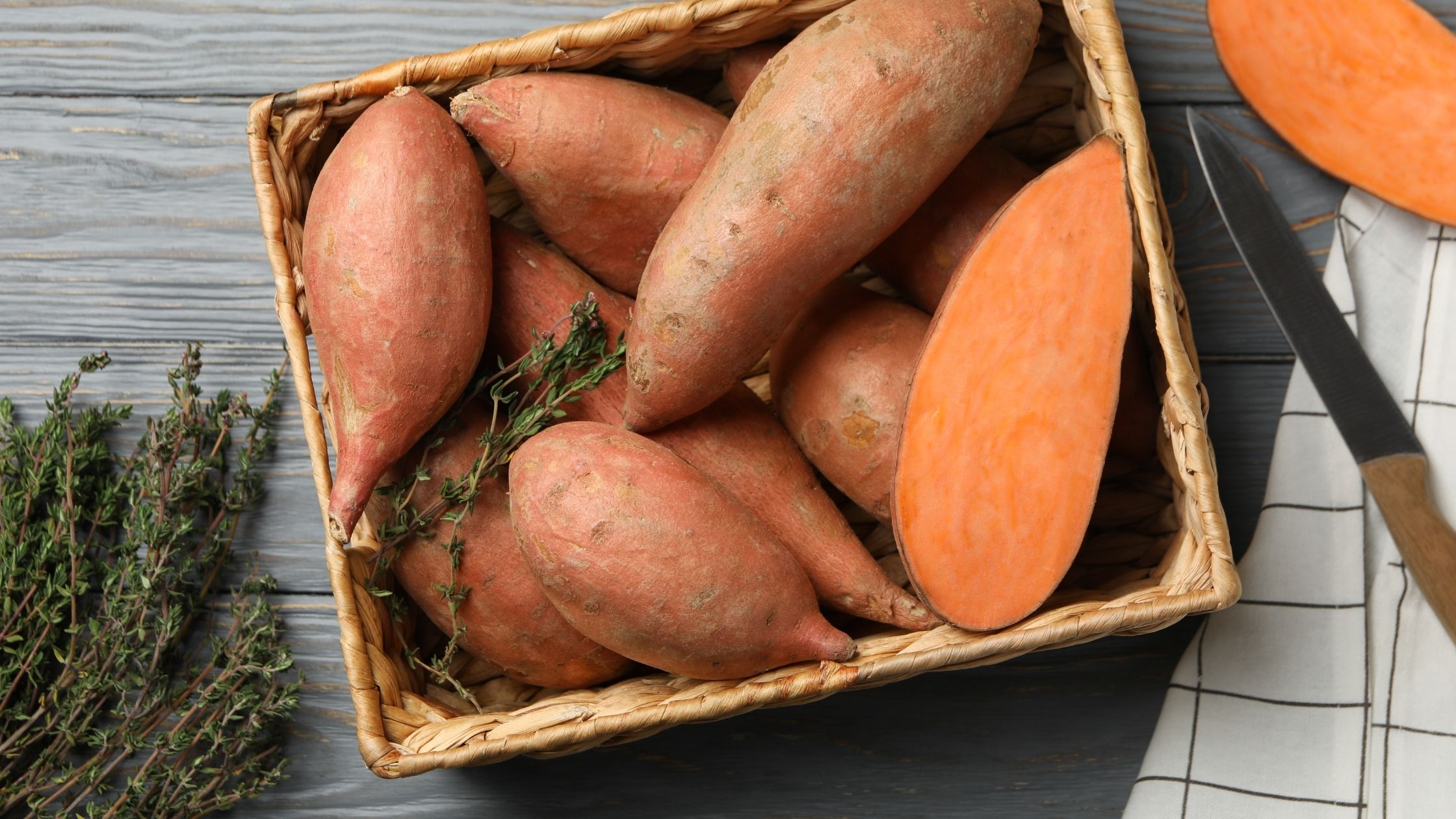

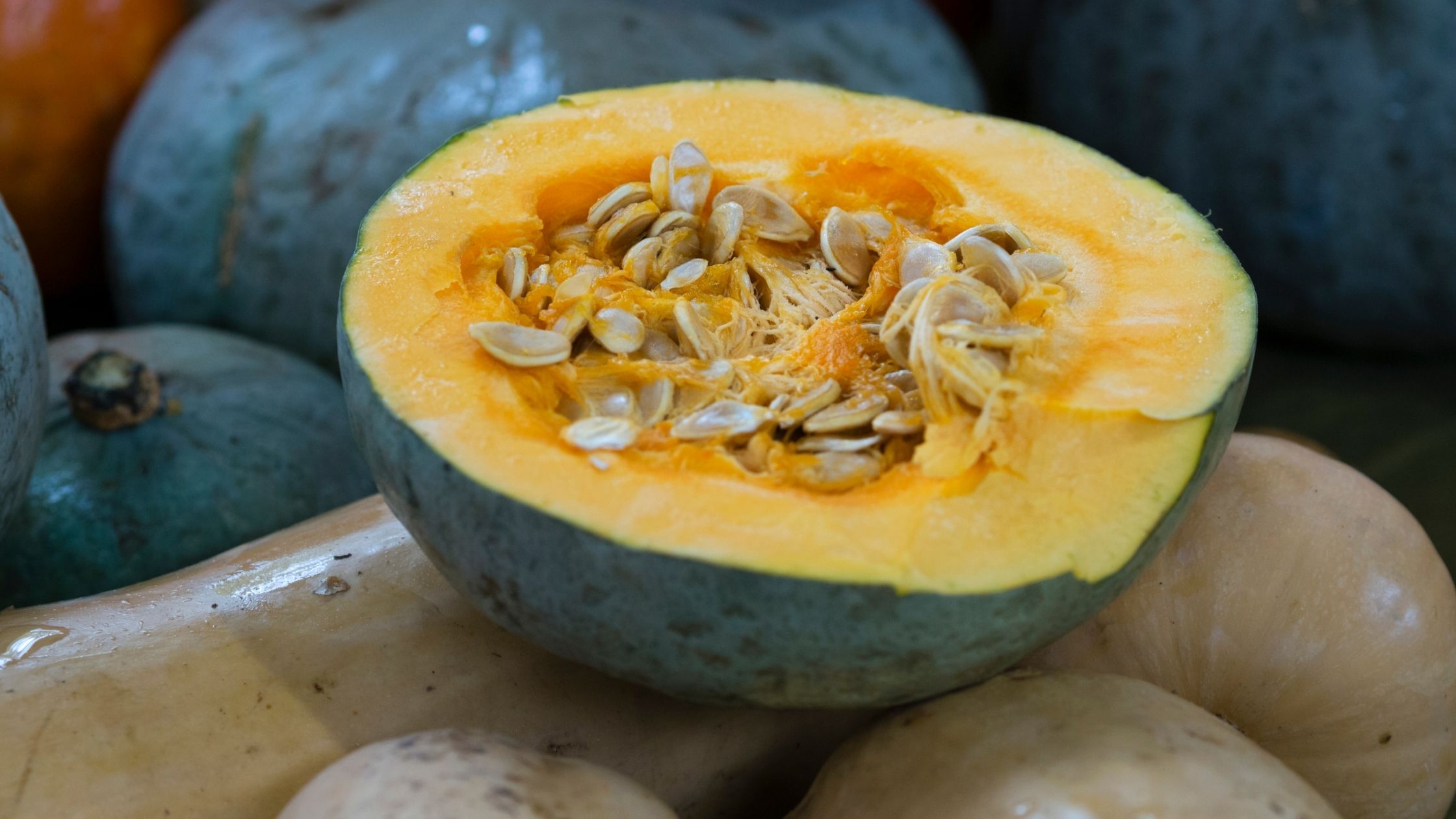
 When eating fresh, in-season produce, don’t forget to wash it first.
When eating fresh, in-season produce, don’t forget to wash it first. 